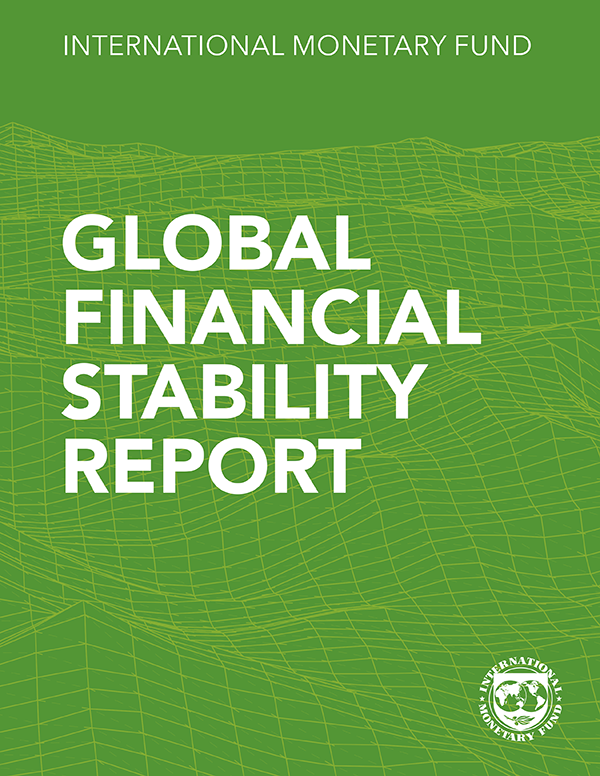Reforms amid Great Expectations
Sub-Saharan African countries are implementing difficult and much needed reforms to restore macroeconomic stability, and while overall imbalances have started to narrow, the picture is varied. Policymakers face three main hurdles. First, regional growth, at a projected 3.6 percent in 2024, is generally subdued and uneven, although it is expected to recover modestly next year to 4.2 percent. Second, financing conditions continue to be tight. Third, the complex interplay of poverty, scarce opportunities, and weak governance--compounded by a higher cost of living and short-term hardships linked to macroeconomic adjustment--are fueling social frustration. Within this environment, policymakers face a difficult balancing act in striving for macroeconomic stability while also working to address development needs and ensure that reforms are socially and politically acceptable. Protecting the most vulnerable from the costs of adjustment and realizing reforms that create sufficient jobs will be critical to mobilize public support.
The Clock is Ticking: Meeting Sub-Saharan Africa’s Urgent Job Creation Challenge
Sub-Saharan Africa urgently needs to create jobs for its growing population, especially in fragile and low-income countries. The region’s labor markets face high informality and obstacles to job creation, resulting in too few good jobs. Tackling this requires productivity growth across all sectors, including in the informal sector. Policies should focus on supporting workers, removing barriers to business growth, and encouraging a shift toward higher productivity industries that can create more sizeable employment opportunities.
One Region, Two Paths: Divergence in Sub-Saharan Africa
Over the past decade, growth in sub-Saharan African resource-intensive countries (RICs) has been less than half that in non-RICs; and fuel exporters have fared particularly poorly. This divergence has been largely driven by a dramatic terms-of-trade shock experienced by RICs, and especially fuel exporters. Further, the impact of these shocks on RICs was exacerbated by structural vulnerabilities, including weak governance and management of resource revenues, a poor business environment, limited human capital, and a high incidence of conflict and fragility. These factors imparted a pro-cyclical bias to fiscal policy and have impeded diversification and private-sector development. Reigniting durable growth will require a stable macroeconomic environment and a removal of policy distortions. Stronger fiscal frameworks can help ensure growth is more resilient. Broad-based reforms to address structural weaknesses can help countries diversify and grow.
Leveling the Playing Field: Gender Equality and Economic Development in Sub-Saharan Africa
Sub-Saharan Africa has made significant strides in reducing gender inequality over the past two decades, yet challenges remain. Despite improvements in labor force participation and political representation, gaps persist in education, health, and access to financial resources. Legal barriers and harmful practices like child marriage and gender-based violence limit women's opportunities, restricting their economic empowerment. Addressing these issues is crucial for boosting productivity and fostering inclusive growth in the region. Policy recommendations emphasize legal reforms, improving educational access, and fostering financial inclusion. Empowering women can drive economic diversification and reduce poverty, creating a more resilient and dynamic workforce that supports long-term economic stability in Sub-Saharan Africa.
Publications

-
September 2025
Finance & Development
- Stablecoins and the Future of Finance

-
July 2025
- Global Imbalances in a Shifting World

-
Regional Economic Outlooks
- Latest Issues





 Country Focus
Country Focus








